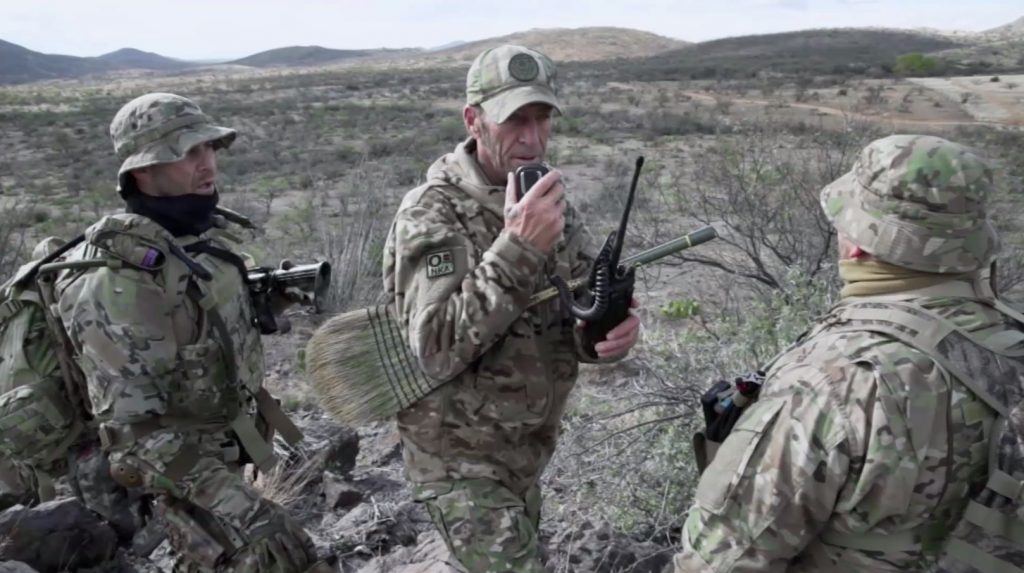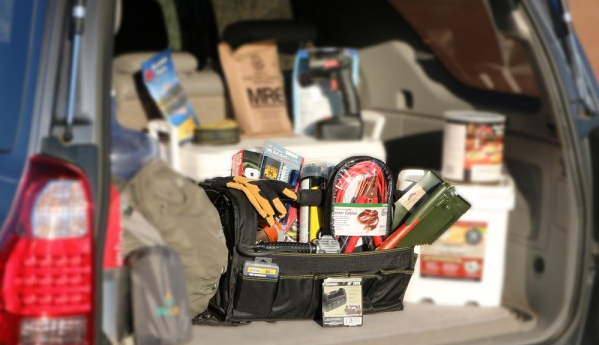Do you have a water contingency plan? What happens when your city runs out of water…
02/14/2018 / By Frances Bloomfield

Water is a necessity, plain and simple. Human beings can’t go for more than three days without it. Unfortunately, water is also a finite source. As the looming water crisis in Capetown, South Africa, has shown us, water supplies can be depleted. No one in their right mind wants that to happen to them, but you just never know when a water crisis will sweep through your town. If and when that does happen, you’ve hopefully got a water contingency plan to help you power through it. If you haven’t, then read on down below to get started. (h/t to ApartmentPrepper.com)
- Gather information: The first and most important step to any plan is to know what you’re dealing with. Only a fool would leap into a situation without all the information they need to approach it. In this case, you’ll want to look up your area’s water situation to find out what challenges you could be facing in the future. For those in the United States, an excellent way to do this is to visit the United States Environmental Protection Agency’s (EPA) page on State Water Facts. The only disadvantage of this site is that it doesn’t cover every state. But if yours is included in the drop-down list, then you can definitely prepare better.
- Conserve water: Begin by identifying and repairing any leaks around your home. A drop of water per second comes to 2,700 wasted gallons of water each year. When that’s done, you should keep an eye on how much water you use indoors. The average American family can consume as much as 300 gallons of water each day, 70 percent of which is allocated to indoor activities. Reduce this by switching to newer home appliance models. Older toilet models use four gallons with every flush, while new ones usually spend only 1.6 gallons. New washers use up 25 gallons per load of clothes, while the older ones consume almost 40. Essentially, you want your home to be as efficient as possible to minimize and optimize water usage. (Related: 5 ways to save water in a drought-stricken world)
- Build up your water supply: Ideally, you should have at least one gallon of water per person, per day. That means that a month’s worth of water should be about 30 gallons, at the very least. If you’re with family, then each member should have 30 gallons for themselves as well. It may seem like a bit much, but you need to remember that water isn’t just for drinking. You’ll use it for bathing, for washing dishes, and for cooking. Another thing to keep in mind is that storing water can be disastrous if done wrong, so avoid these mistakes when readying your water supply:
- Using water bottles, soda bottles, or disposable plastic containers: These aren’t designed for long-term use. Water and soda bottles are especially ill-suited for water storage since they’re clear and can encourage microorganisms to grow in water. As per AskAPrepper.com, you should choose either food-grade plastic barrels or military water containers.
- Not purifying and filtering your water before drinking it: If your water has been in storage for quite a while, it’s got something swimming in it. So for the sake of your health, purify and filter it before downing it. Doing one without the other is asking for trouble. You need to do both to ensure the cleanliness and safety of your water.
- Placing your water anywhere: Cool and dark places are perfect for keeping water because these conditions help slow down the growth of microbes.
- Not changing your water every six months: You should replace your water every six months, particularly if you’ve cleansed your water with chlorine prior to storage. Chlorine breaks down after the sixth month. This makes chlorine-disinfected water unfit for human consumption.
- Not having water in your bug-out bag: There may come a time when you need to get out in a jiffy. Dragging a 55-gallon drum with you is ridiculous and impractical. You need to have water that you can carry. A good idea is to take a page from the military and invest in hydration packs or military water bottles.
Sponsored solution from the Health Ranger Store: Lab-verified Nascent Iodine solution is a dietary supplement that provides your body with supplemental iodine to help protect your thyroid during radiation exposure. Nuclear accidents such as Fukushima (or nuclear war) can expose your body to radioactive iodine-131, a dangerous radioisotope. Pre-loading your system with stable iodine occupies the iodine receptor sites on your organs, causing your body to naturally expel radioactive iodine you may have been exposed to through air, food, water or milk products. This defensive strategy is recommended by nearly all health authorities, worldwide, including the Nuclear Regulatory Commission. Discover more at this link.
We all need water to live. That’s why you have to put the time and effort into stocking up on it. Don’t think that you can just get water from a nearby pool, river, or pond. You don’t know what could be or has been in there. Stay safe by playing smart.
Visit Preparedness.news for more guides on readying yourself for the worst.
Sources include:
Tagged Under: backup plan, bugout, city life, Collapse, emergency preparedness, emergency water prep, preparedness, preparedness and survival, survival, water, water supply




















